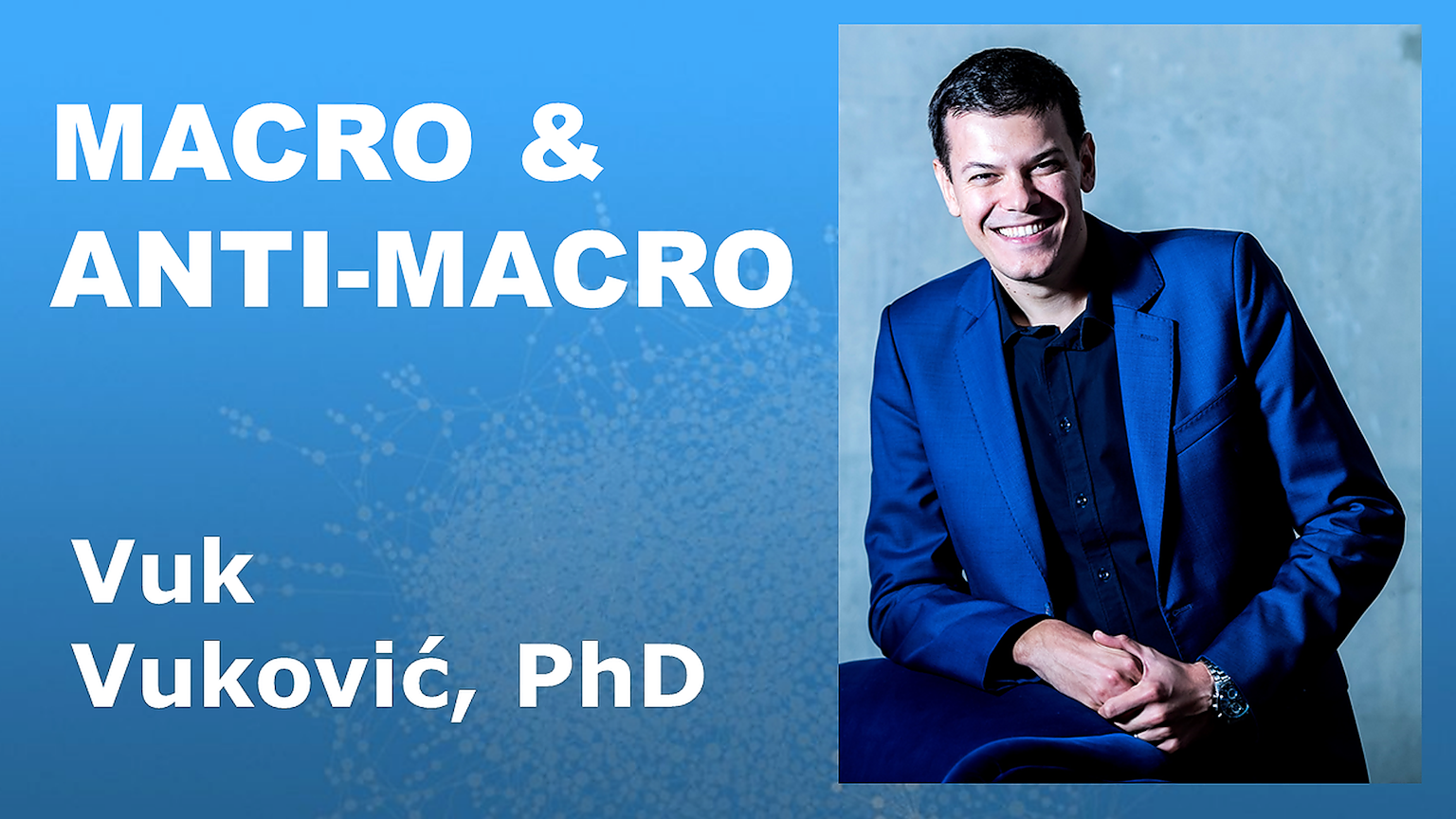Macro and Anti-Macro
3 Weeks
·Cohort-based Course
How to think like an economist - and when not to - in order to become a better investor. A practical framework for understanding macro.
Macro and Anti-Macro
3 Weeks
·Cohort-based Course
How to think like an economist - and when not to - in order to become a better investor. A practical framework for understanding macro.
Course overview
Who is this course for?
01
Beginner or intermediate investor with basic or little prior knowledge in econ who wants to know how to navigate the macro investment cycle
02
You're worried about inflation/recession and looking how to position and get practical macro knowledge to use while investing
03
Industry professional trying to understand macro impact on portfolio performance
Key outcomes
How to use macro in practice to improve your investment decisions
Knowing where to look in order to anticipate changing economic conditions, and how to position yourself for it.
Understand what happens to your portfolio when central banks raise rates
Or which currency to keep your money in. Or why does the yield curve invert.
How to avoid the traps in macro
Macro is mostly about correlations, not causality. You'll learn when to trust it and when it's better to avoid its pitfalls.
You'll use the same framework I use in understanding all things econ
This will teach you how to think like an economist, and how to know when to trust macro and when not to.
Rated 9.9/10
Luca
Max
Armando
Zeljko
Who am I?
Vuk Vuković
Vuk Vuković
CEO of Oraclum
Academic...
• Oxford PhD, LSE Masters, Harvard, Berkeley
• 5-year university teaching experience
• Published in top journals, book coming out
• Expert member of parliament committee
...Practitioner
• Founded and running two companies: market research consultancy & boutique rating agency
• Predicting markets @OraclumIS (250% return y-o-y)
• Macro-based investor (lots of mistakes, lots of lessons)
Course syllabus
6 live sessions • 28 lessons • 5 projects
Week 1
Dec
5
Module 1
Dec
8
Session 2
Week 2
Dec
12
Session 3
Dec
15
Session 4
Week 3
Dec
19
Session 5
Dec
22
Session 6
Bonus
The basic macro model
The basic macro model
International finance
International finance
The BS macro – everything that’s wrong with macro
The BS macro – everything that’s wrong with macro
More macro gone wrong
More macro gone wrong
Applying the knowledge
Applying the knowledge
Graduation day and presenting your final project
Graduation day and presenting your final project
Course schedule
4-6 hours per week
Five 2-hour modules over 3 weeks
Medium intensity
2h for content delivery & assignments.
20-30mins for Q&A.
December 05th to 22nd 2022
7pm to 9pm Central European Time
Dec 05th - module 1
Dec 08th - module 2
Dec 12th - module 3
Dec 15th - module 4
Dec 19th - module 5
Dec 22nd - graduation day and final presentations
Every date the course starts at 7pm CET (1pm EST) and ends at 9pm CET (3pm EST)
Video only option?
Don't have time for the live cohort? No problem, you can log in to watch the videos at half price.
See FAQ below to contact the instructor for more info.
Learning is better with cohorts
Active, not passive
This course focuses on live workshops and hands-on projects
Learn with a cohort of peers
You’ll be learning in public through breakout rooms and an engaged community
Learn with a cohort of peers
Surround yourself with like-minded people who want to grow alongside you
Frequently Asked Questions
Stay in the loop
Sign up to be the first to know about course updates.
